Heniochus Black & White Butterflyfish
$64.99
-
Select Variant
The Heniochus Black and White Butterflyfish also referred to in the field of Longfin Bannerfish, has an extremely elongated white dorsal line. Its base color is of white, with two broad black stripes. The soft caudal and dorsal fins are yellow and there are black marks over the eyes. The members of the Heniochus genera are commonly referred to as Bannerfish rather than Butterflyfish.
The Heniochus Black and White Butterflyfish could be in a 125-gallon or larger aquarium along with other tranquil fish and others belonging to the same species when all of them were placed in the tank simultaneously. While swimming, the elongated white dorsal filament sways like a banner in the wind.
This kind from Heniochus can not be considered to be reef safe. It is a fan of small meaty food items and herbivore dishes.
Approximate Purchase Size: 1-1/2" to 2-1/4"; Medium: 2-1/4" to 3 1/2"; Large: 3 1/2" to 4 1/2"; XLarge: 4 1/2" to 6"
- Description
- Additional Information
- Reviews
The Heniochus Black & White Butterflyfish Information
The Heniochus Black and White Butterflyfish, also referred to by the name of Longfin Bannerfish, has a very long white dorsal elongation. Its base color is of white, with two broad black stripes. The soft caudal and dorsal fins are yellow and there are black marks over the eyes. The members belonging to the Heniochus genera are usually referred to as Bannerfish rather than Butterflyfish. Although they are very similar in appearance to Moorish Idol (Zanclus Cornutus) however, the species of this genus aren't very closely related to it. Butterflyfishes are like smaller forms similar to Angelfish (Pomacanthidae) however, unlike them, they do not have preopercle spines on the Gill Covers. Butterflyfishes typically are between 4.7 inches to 8.7 inches.
The butterfly fish is native to the Indo-Pacific. It could be in a 125-gallon or bigger aquarium along with peaceful fish as well as other fish belonging to the same species when all of them are introduced to the tank at the same time. While swimming, the dorsal white filament is able to move like an elongated banner that is blown in the wind.
Heniochus Black & White Butterflyfish Diet
It favors a diet consisting of smaller meaty meals and herbivore dishes.
size
Large, Medium, Small
Units
1
Weight
6 lbs
Dimensions
1 × 1 × 1 in

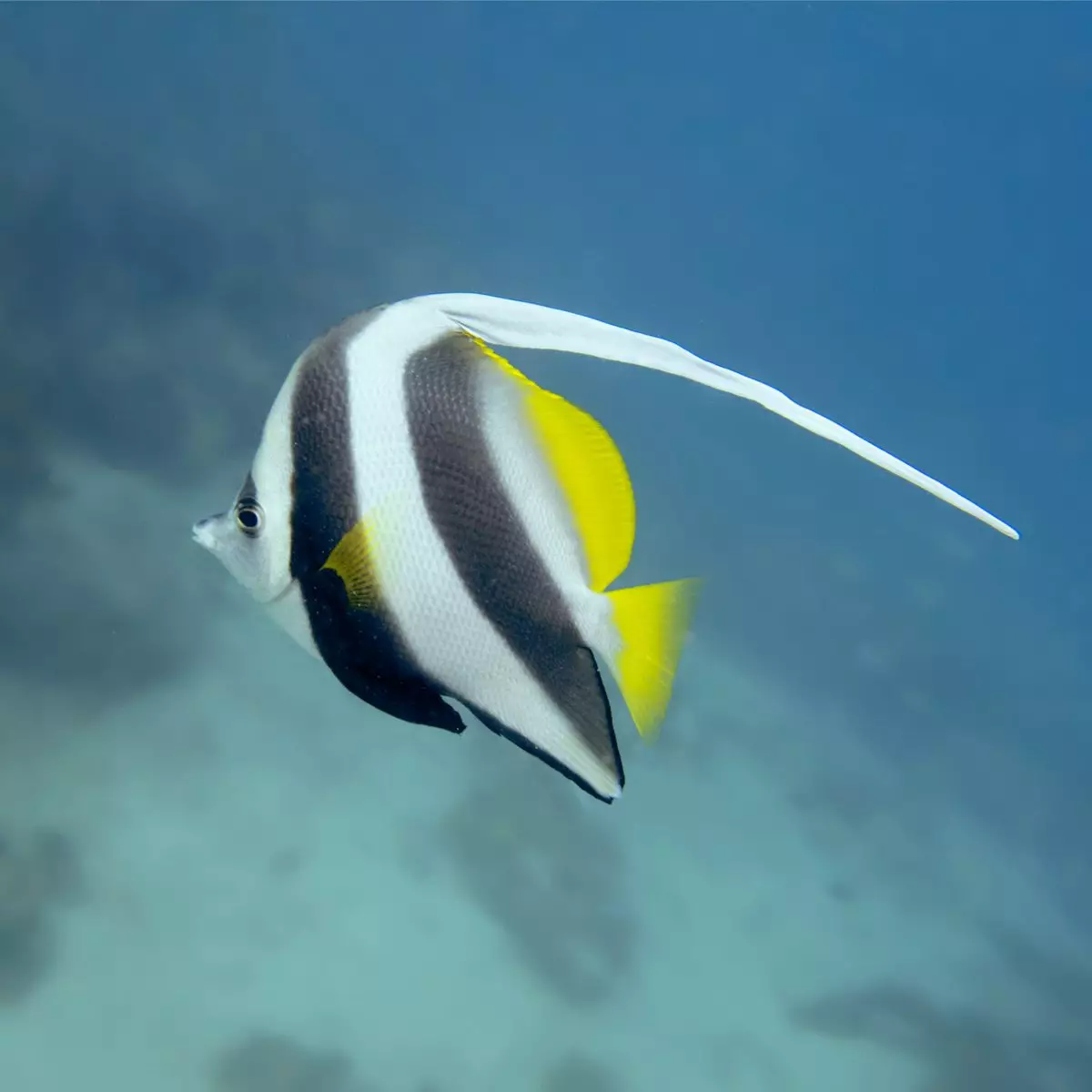
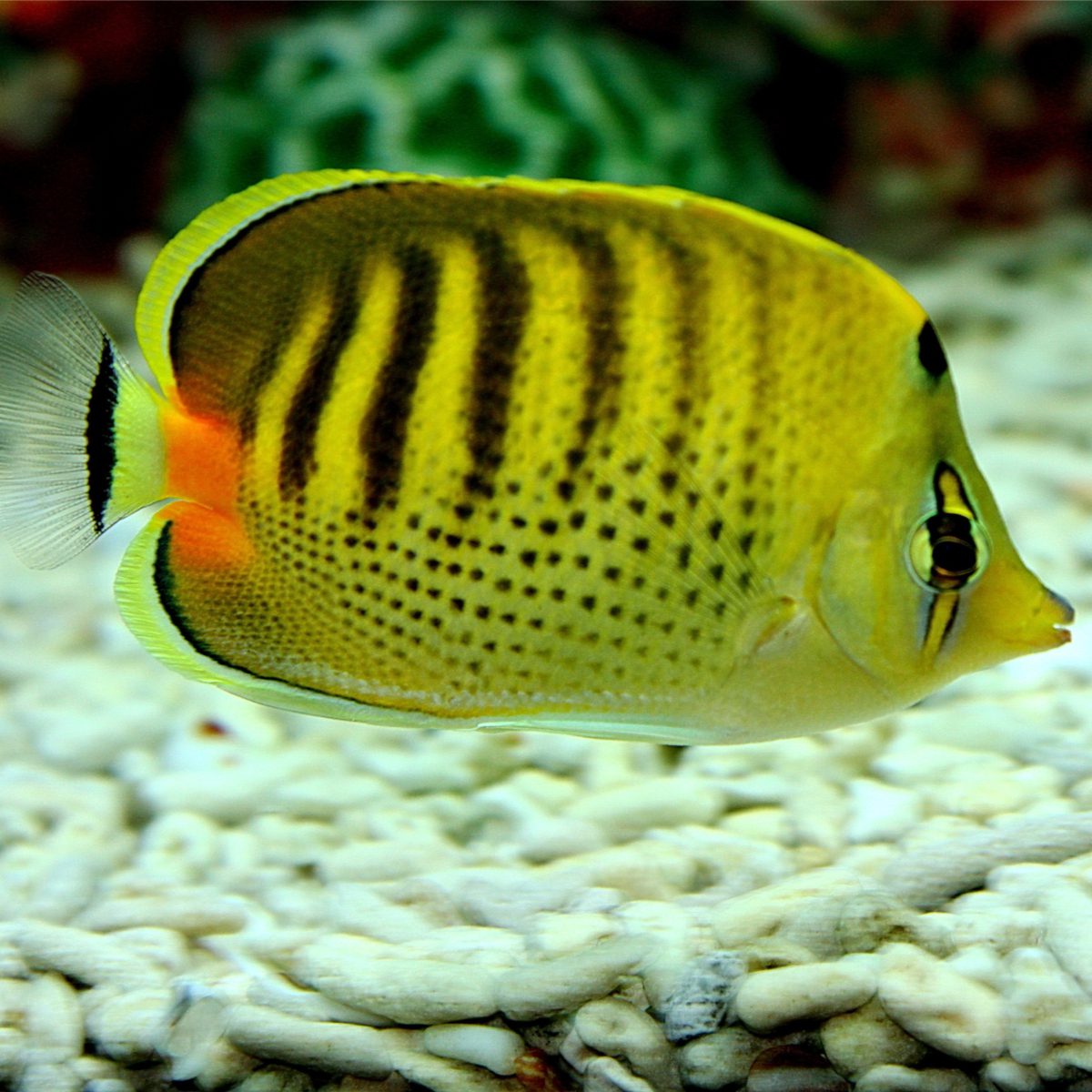
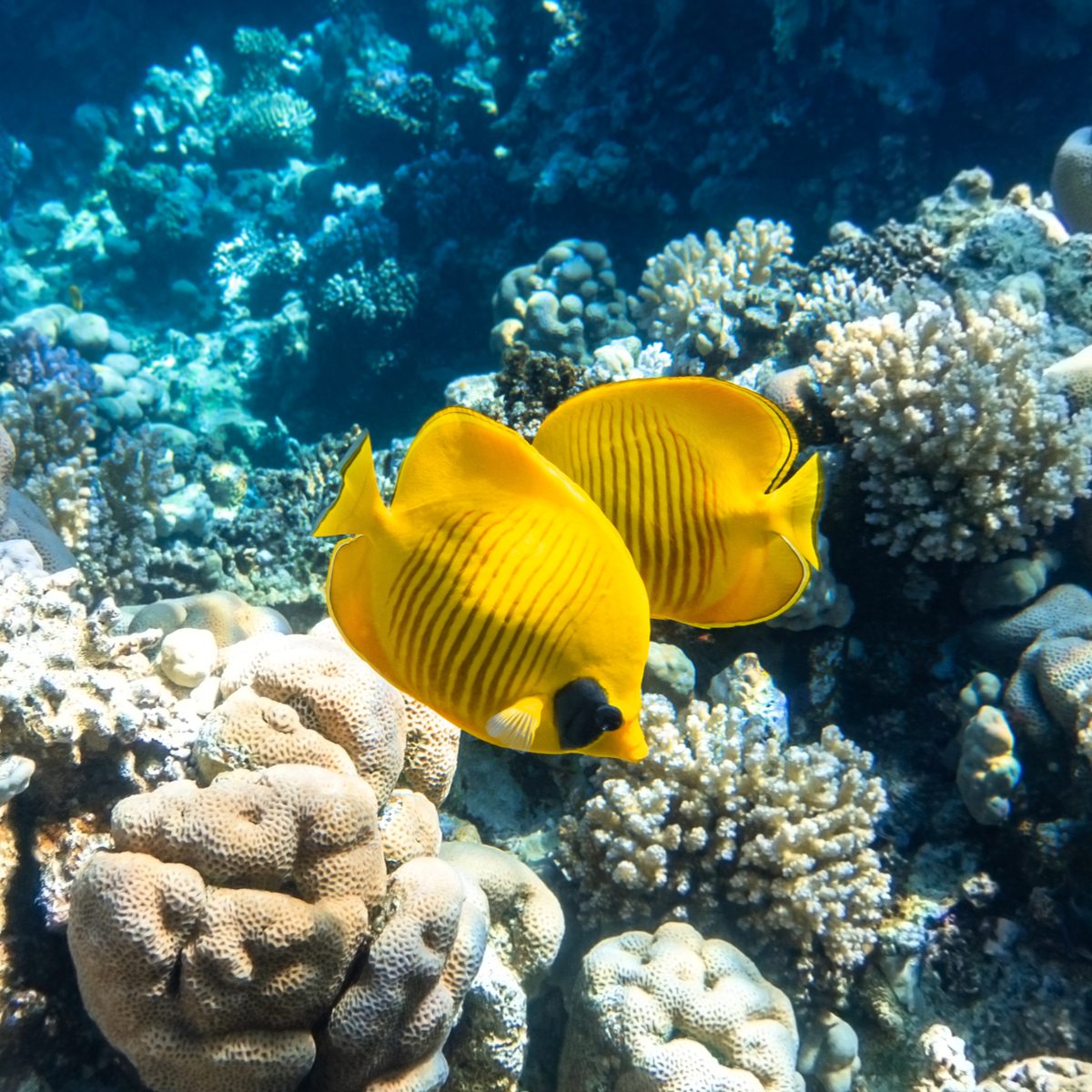
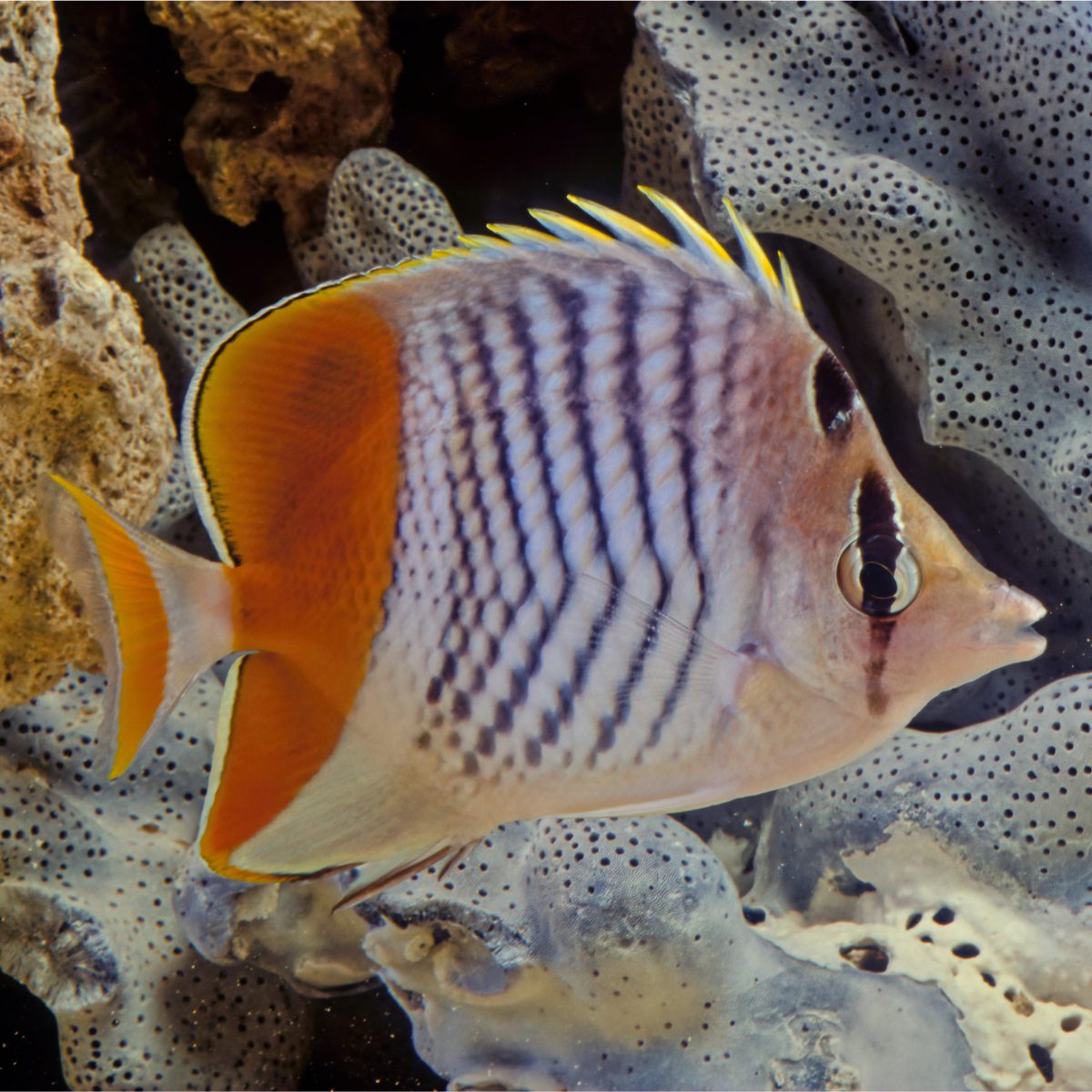
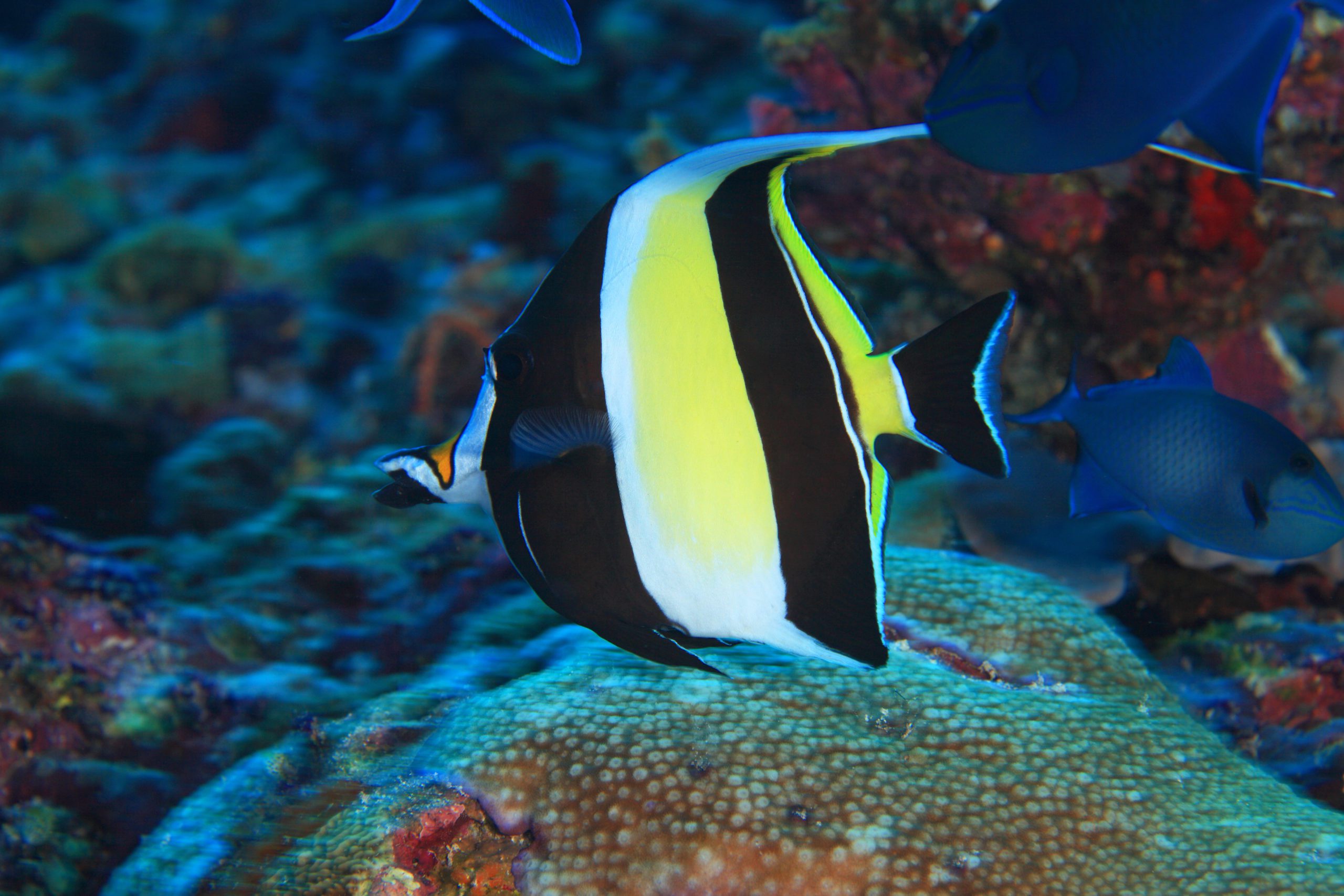
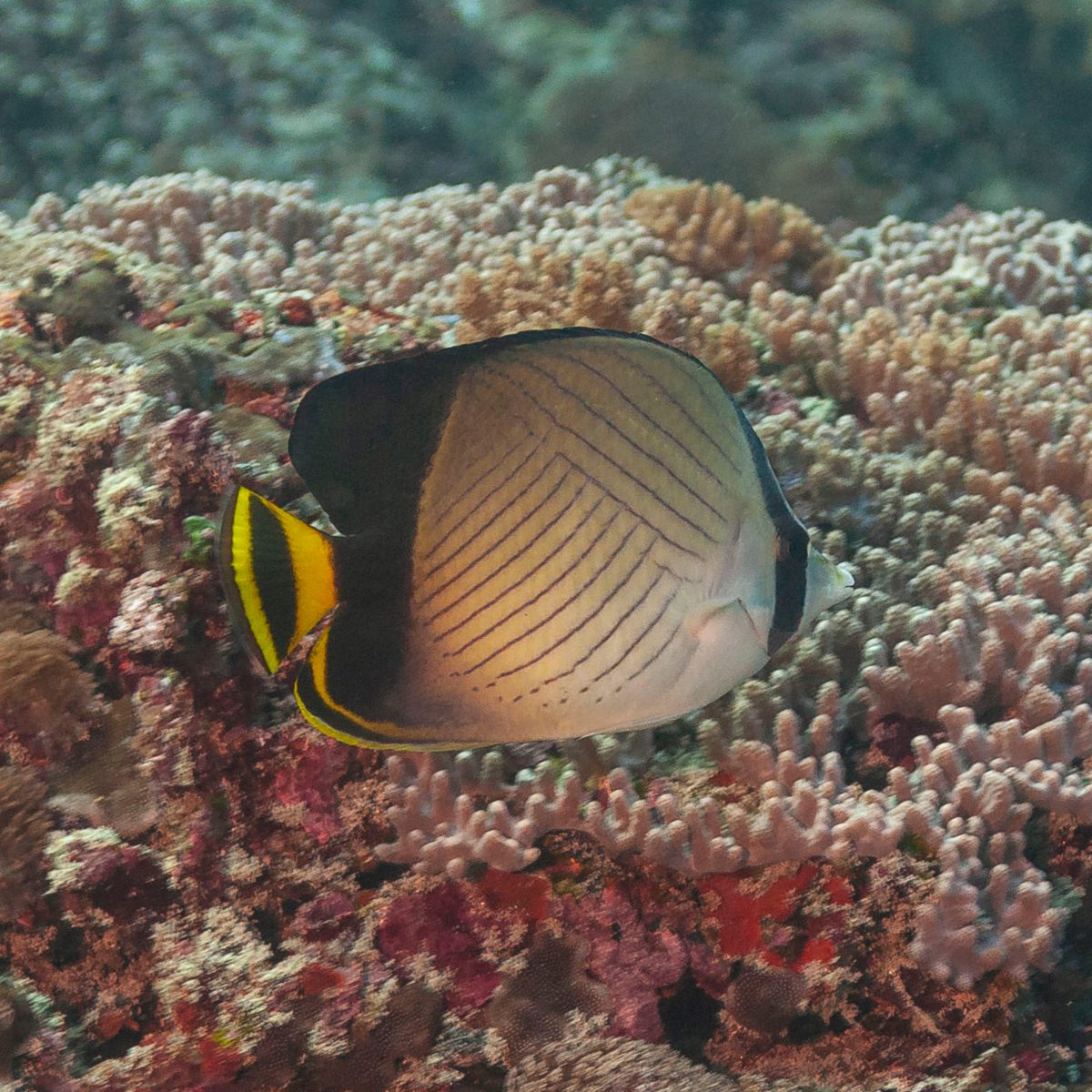
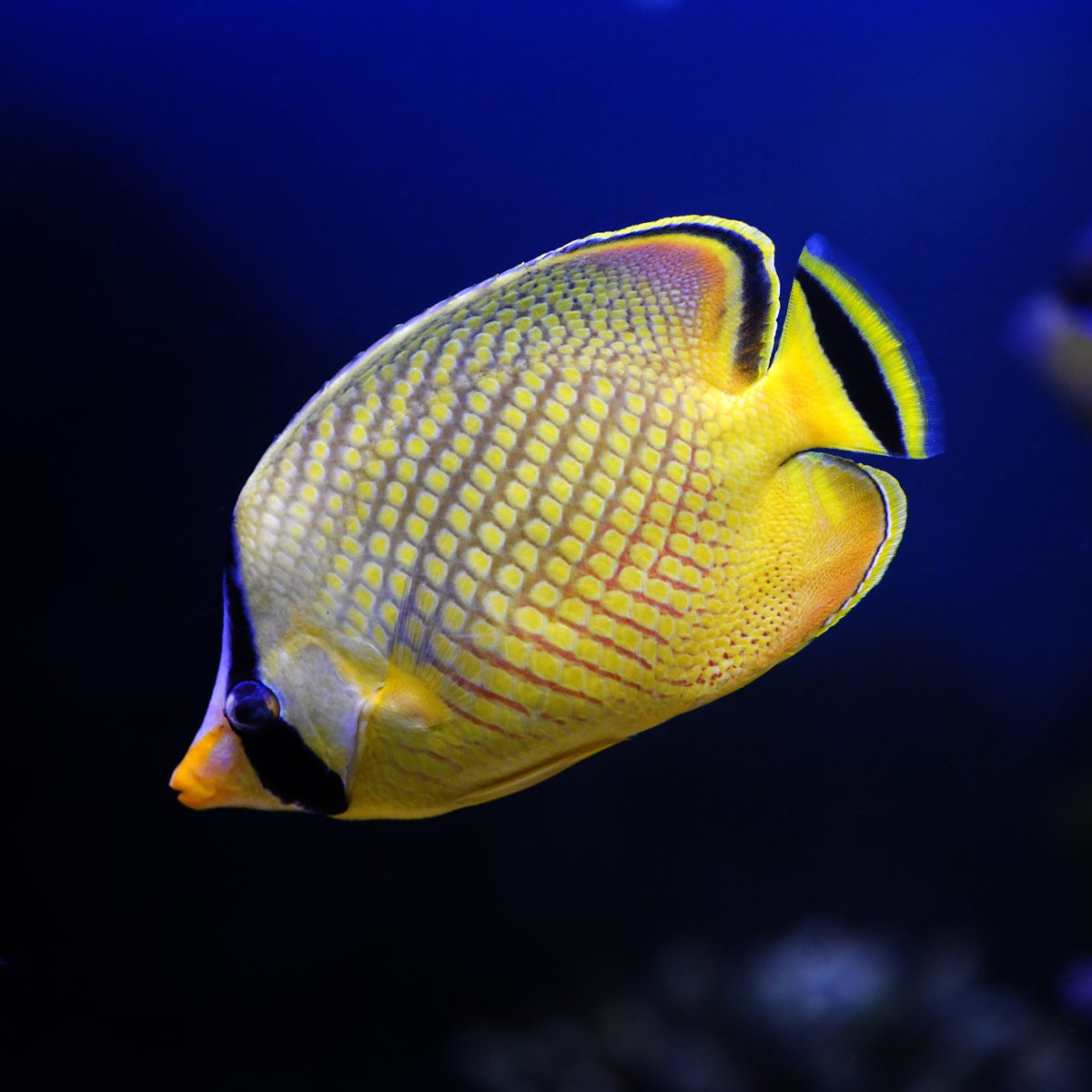
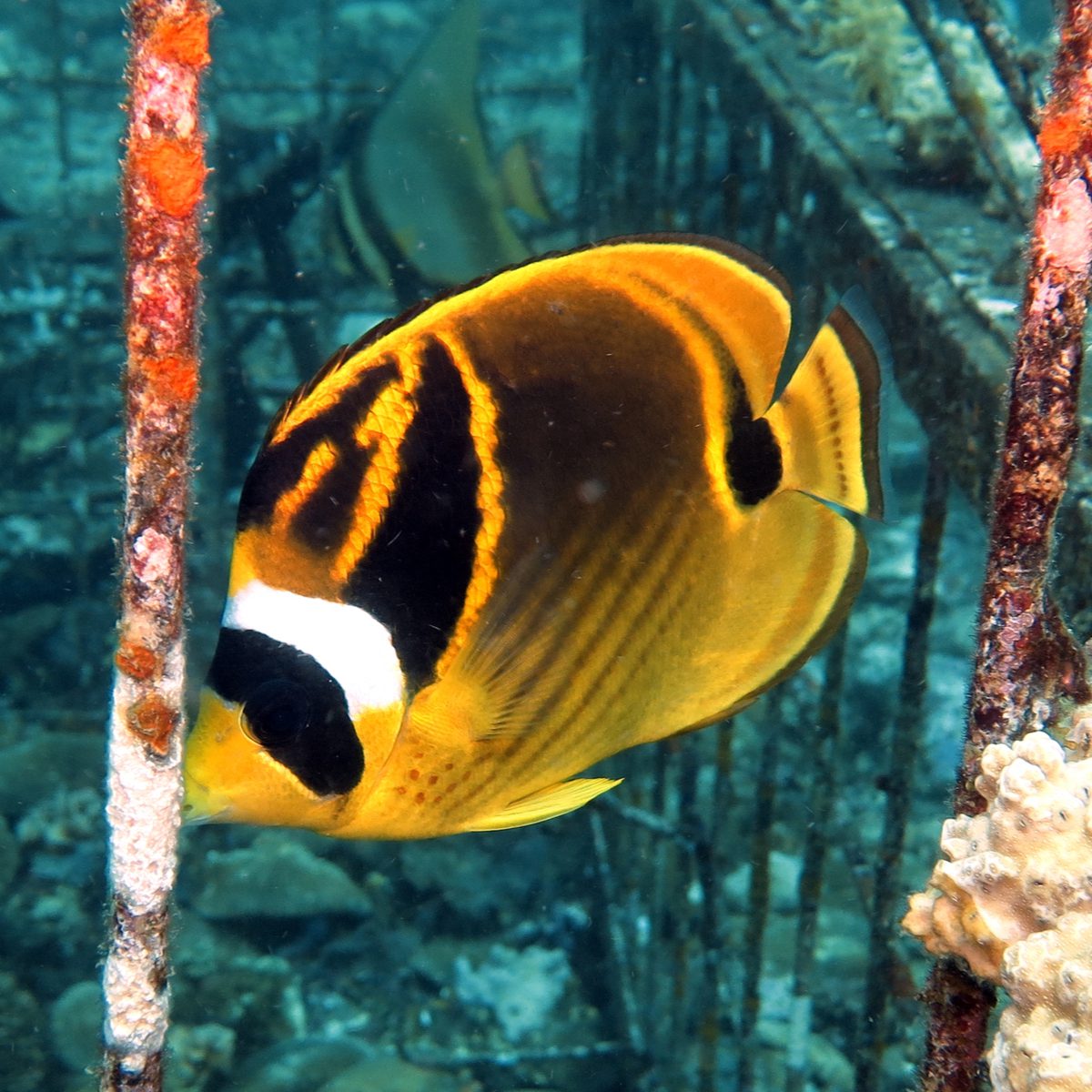
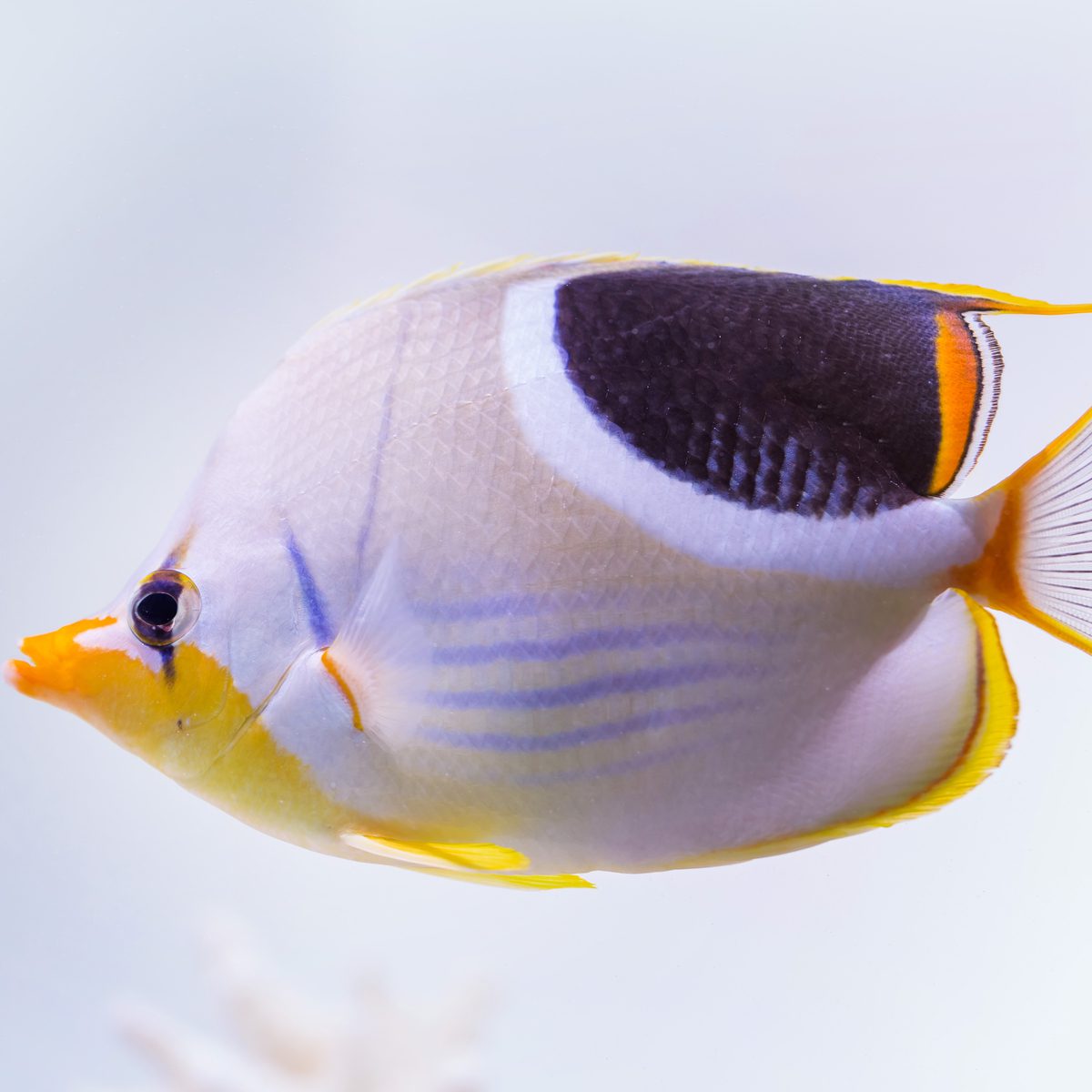

Reviews
There are no reviews yet.